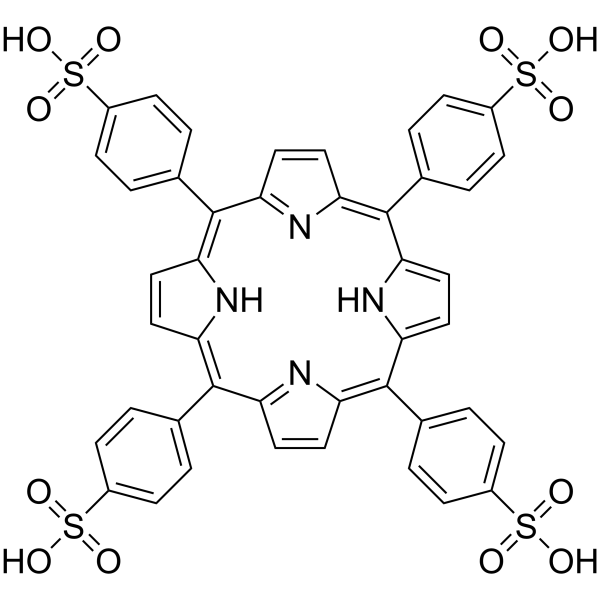Evanescent wave cavity ringdown spectroscopy: a platform for the study of supported lipid bilayers.
Hayley V Powell, Michael A O'Connell, Meiqin Zhang, Stuart R Mackenzie, Patrick R Unwin
Index: Anal. Chem. 84(5) , 2585-91, (2012)
Full Text: HTML
Abstract
Evanescent wave cavity ringdown spectroscopy (EW-CRDS) is advocated as an approach for monitoring the formation of supported lipid bilayers (SLBs) on quartz substrates in situ and for the quantitative study of fast molecular adsorption kinetics at the resulting modified biomimetic surface. This approach is illustrated using SLBs of 1,2-dioleoyl-3-trimethylammonium-propane (DOTAP). Complementary atomic force microscopy (AFM) and quartz crystal microbalance with dissipation (QCM-D) measurements confirm the formation of bilayers on quartz. The subsequent interaction of the porphyrin, 5,10,15,20-tetraphenyl-21H,23H-porphine-p,p',p'',p'''-tetrasulfonic acid tetrasodium hydrate (TPPS) with the cationic bilayer-modified silica surface has been studied using EW-CRDS combined with an impinging-jet to deliver analyte to the surface in a well-defined manner. The adsorption of TPPS to the bilayer was kinetically controlled and the adsorption rate constant was found to be 1.7 (±0.6) × 10(-4) cm s(-1) from finite element modeling of the jet hydrodynamics and associated convective-diffusion equation, coupled to a first-order surface process describing adsorption. These proof-of-concept studies provide a platform for the investigation of molecular processes at biomembranes using EW-CRDS for chemical species showing optical absorbance in the visible and ultraviolet range.
Related Compounds
| Structure | Name/CAS No. | Molecular Formula | Articles |
|---|---|---|---|
 |
Tetraphenylporphyrin Tetrasulfonic Acid Hydrate
CAS:35218-75-8 |
C44H30N4O12S4 |
|
Femtosecond to second studies of a water-soluble porphyrin d...
2012-03-06 [Langmuir 28(9) , 4363-72, (2012)] |
|
Preferential solvation and solvation shell composition of fr...
2011-12-01 [Spectrochim. Acta. A. Mol. Biomol. Spectrosc. 83(1) , 213-20, (2011)] |
|
Interaction of monosulfonate tetraphenyl porphyrin (H2TPPS1)...
2011-05-01 [Spectrochim. Acta. A. Mol. Biomol. Spectrosc. 78(5) , 1349-55, (2011)] |
|
Kinetic effects of tartaric acid on the growth of chiral J-a...
2012-05-18 [Chem. Commun. (Camb.) 48(40) , 4872-4, (2012)] |
|
Physicochemical characterization of the photosensitizers TPC...
2010-08-01 [Pharmazie 65(8) , 588-95, (2010)] |